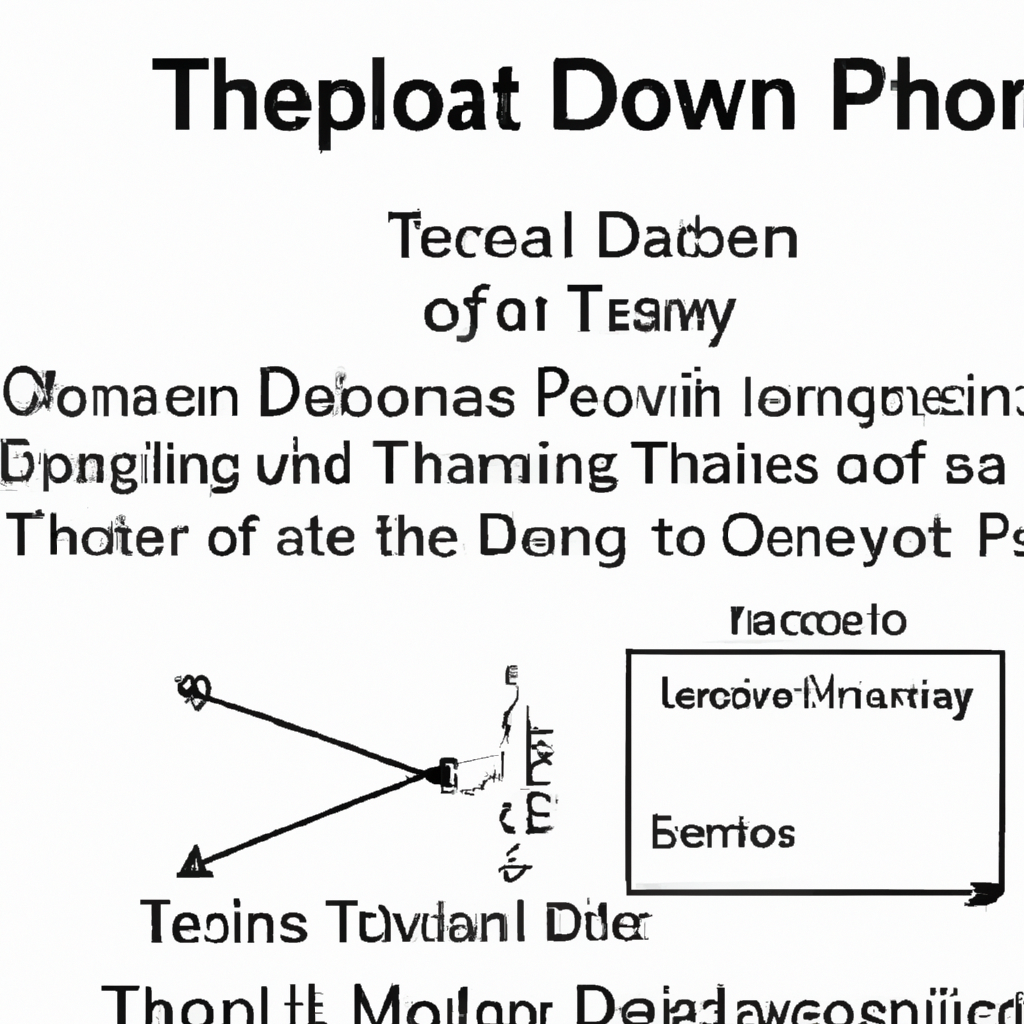Dow Theory Principles in Trading
Introduction
Trading in the financial markets can be a daunting task, especially for novice investors. However, understanding and applying established principles can significantly improve your chances of success. One such principle is the Dow Theory, which provides valuable insights into market trends and price movements. In this article, we will explore the key principles of the Dow Theory and how they can be applied in trading.
The Dow Theory
The Dow Theory was developed by Charles H. Dow, the founder of Dow Jones & Company and co-founder of The Wall Street Journal. Dow’s observations and principles laid the foundation for modern technical analysis, helping traders analyze market trends and make informed decisions.
Principle 1: The Market Discounts Everything
According to the Dow Theory, the market reflects all available information and factors that may affect prices. This principle suggests that the market price already incorporates all relevant news, economic data, and investor sentiments. Therefore, traders should focus on analyzing price movements rather than trying to predict future events.
Principle 2: The Market Moves in Trends
Dow emphasized that markets move in trends, which can be classified as primary, secondary, and minor. Primary trends can last for months or even years and represent the overall direction of the market. Secondary trends are shorter-term corrections within the primary trend, while minor trends are even shorter-term fluctuations. Understanding these trends is crucial for successful trading.
Principle 3: Confirmation
Confirmation is a key principle in the Dow Theory. It suggests that significant price movements should be confirmed by related market indices. For example, if the Dow Jones Industrial Average (DJIA) reaches a new high, the Dow Jones Transportation Average (DJTA) should also confirm the upward movement. This principle helps traders ensure the strength and validity of a trend before making trading decisions.
Principle 4: Volume Confirmation
Volume confirmation is another essential aspect of the Dow Theory. Dow believed that price movements should be accompanied by corresponding volume changes. For example, if a stock price rises on low volume, it might indicate a weak or unreliable trend. Conversely, a rise in price accompanied by high trading volume suggests a stronger and more sustainable trend.
Principle 5: Support and Resistance
Support and resistance levels are crucial concepts in technical analysis, and they align with the Dow Theory. Support refers to a price level where buying pressure is expected to outweigh selling pressure, causing prices to stop falling and potentially reverse. Resistance, on the other hand, is a price level where selling pressure is expected to outweigh buying pressure, causing prices to stop rising and potentially reverse. Identifying these levels can help traders determine optimal entry and exit points.
Principle 6: Trends Persist Until Reversal
The Dow Theory suggests that trends persist until there is clear evidence of a reversal. It advises traders to avoid making premature decisions based on minor fluctuations within a trend. Instead, traders should wait for confirmation of a trend reversal before adjusting their positions. This principle helps prevent false signals and reduces the risk of entering or exiting trades too early.
Conclusion
The Dow Theory provides a solid framework for understanding market trends and price movements. By applying its principles, traders can make more informed decisions and improve their trading outcomes. Remember, successful trading requires continuous learning, practice, and adapting to changing market conditions. Incorporating the Dow Theory into your trading strategy can serve as a valuable tool in navigating the complexities of the financial markets.
